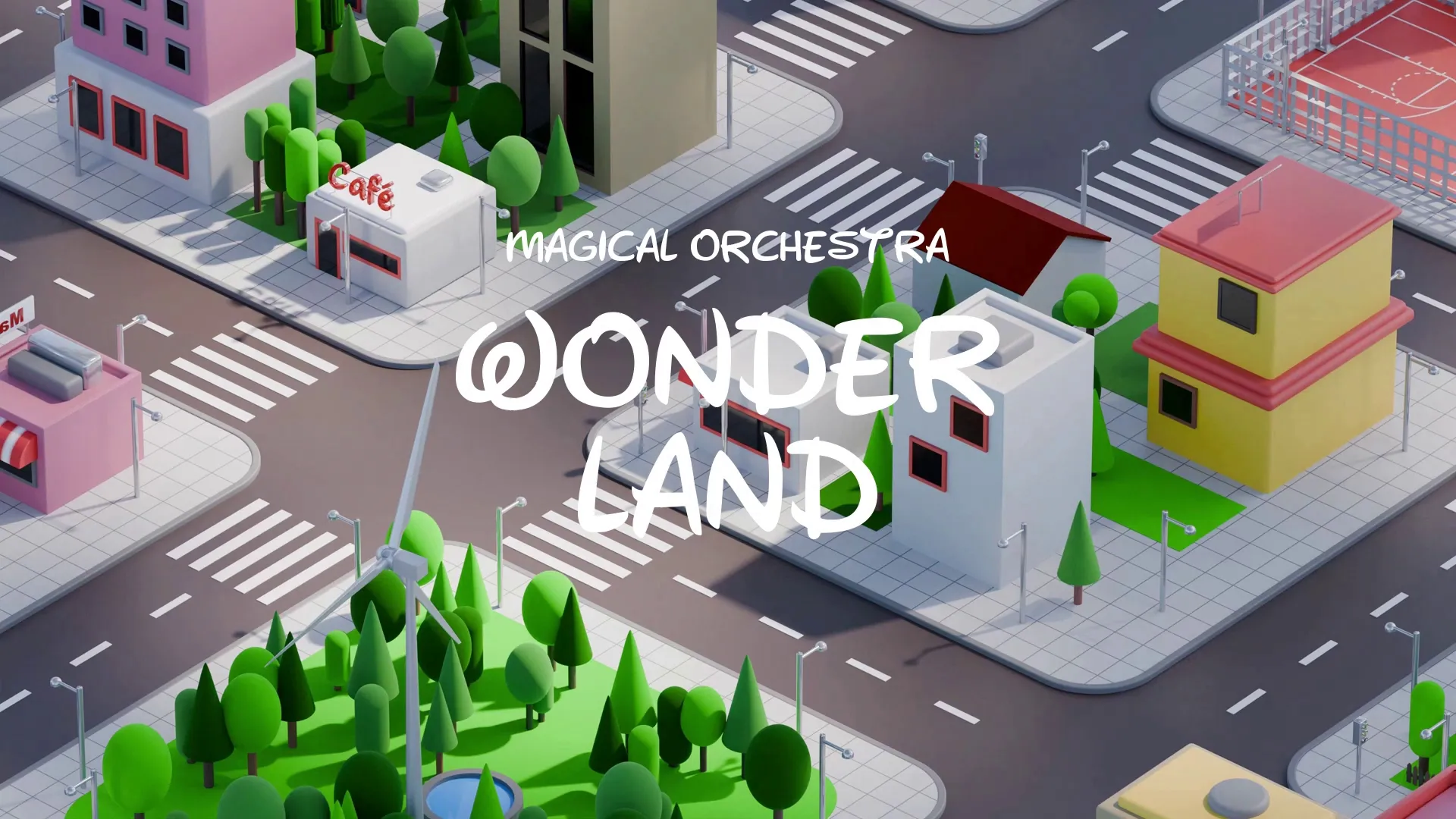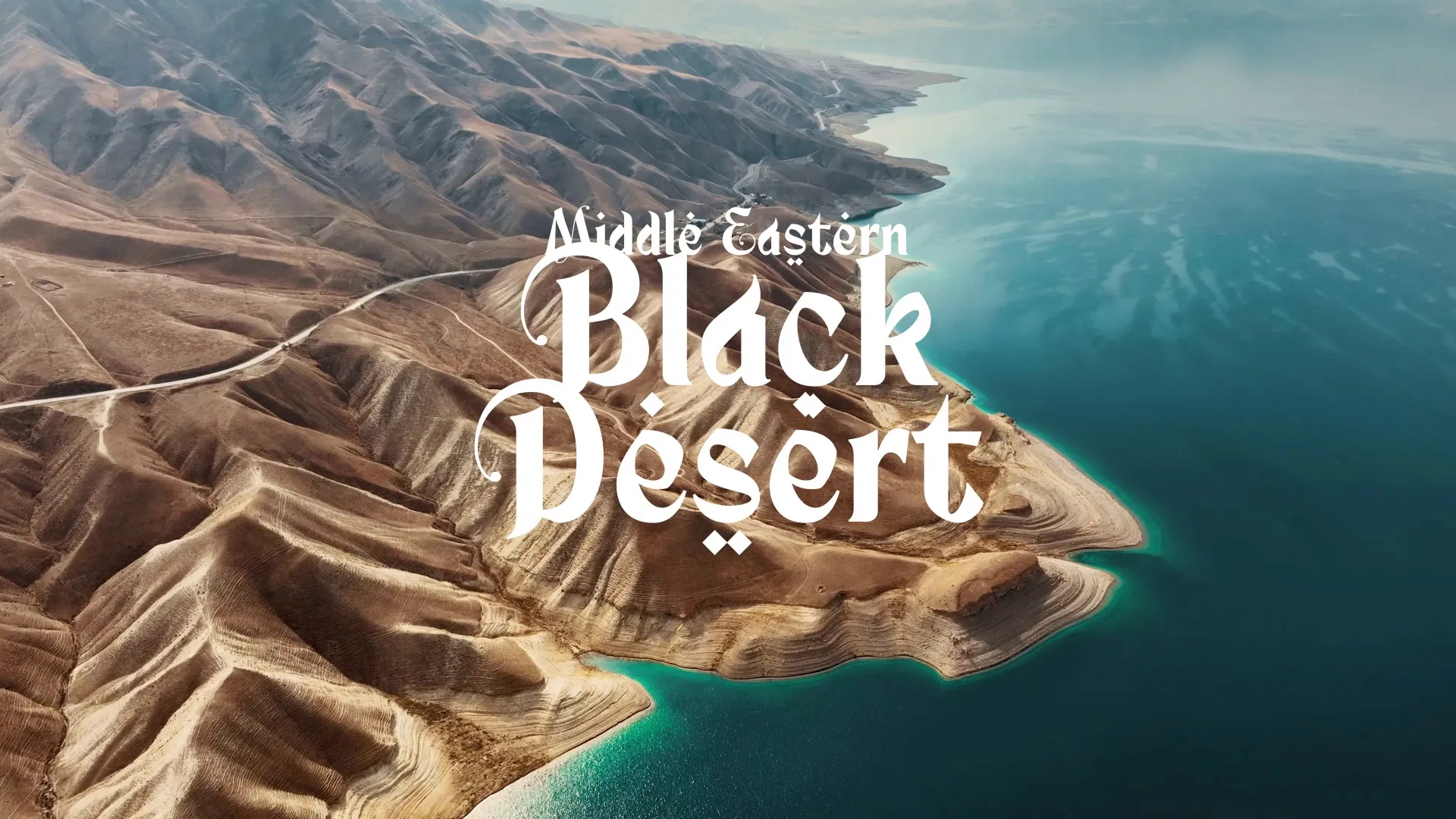The Art of the Fakeout: How Games Use Deception to Delight and Engage
Is it just me, or do games sometimes feel… predictable? We meticulously learn enemy patterns, exploit AI weaknesses, and eventually, the thrill fades.
But what if developers could deliberately mess with our expectations? What if they could weave illusions, crafting moments of genuine surprise and, dare I say, delight?
This isn’t just about jump scares, my friends. This is about the art of the “fakeout” – a calculated dance of misdirection that can elevate a game from good to unforgettable. I’m going to argue that a masterfully executed fakeout isn’t just a cheap trick, it’s a crucial ingredient for deep player engagement.
The Psychology of the Fakeout
Our brains are prediction machines. We constantly analyze patterns, anticipate outcomes, and build mental models of the world. Games exploit this, teaching us the rules of their specific reality.
The fakeout flips this script. It leverages our expectations, only to shatter them in a controlled, meaningful way. Consider the famous “elevator shaft” scene in Call of Duty: Modern Warfare 2. We expect a smooth descent; instead, we plummet.
This disruption triggers a powerful response. Surprise sharpens our senses, demanding immediate attention. It forces us to re-evaluate our understanding of the game world.
According to research from neuroscientist Dr. Lisa Feldman Barrett, unexpected events can trigger heightened emotional responses. This explains why a well-timed fakeout can be so incredibly memorable. It’s not just a surprise; it’s a jolt to our emotional core.
Visual Deception: The Power of Perspective
One of the most effective fakeout techniques involves manipulating visual cues. Developers can use perspective, lighting, and environmental design to create false impressions.
Think about games with seemingly open environments, only to find invisible walls blocking your path. This isn’t just lazy level design; it can be a deliberate choice to control player flow and create a sense of claustrophobia even in seemingly vast spaces. Dark Souls is a master of this.
Consider the “boss arena” that appears to be a simple, straightforward space. Suddenly, the floor crumbles, revealing a hidden lower level teeming with enemies. This sudden shift in verticality drastically alters the gameplay experience.
A 2018 study published in the Journal of Vision demonstrated how even subtle changes in perspective can significantly impact depth perception and spatial awareness in virtual environments. This is the science behind visual fakeouts!
Auditory Illusions: Sound and Fury
Sound is just as potent as visuals when it comes to creating convincing fakeouts. A sudden, unexpected sound can trigger a visceral reaction, even if the source is ultimately harmless.
Imagine walking down a seemingly quiet hallway, only to hear a bloodcurdling scream echo from the distance. This immediately puts you on edge. Your heart rate increases. You grip your controller tighter. This is not random.
Create a free account, or log in.
Gain access to free articles, game development tools, and game assets.






















.webp)
